Affiliate links on Android Authority may earn us a commission. Learn more.
Visible changed this rural techie's life for the better
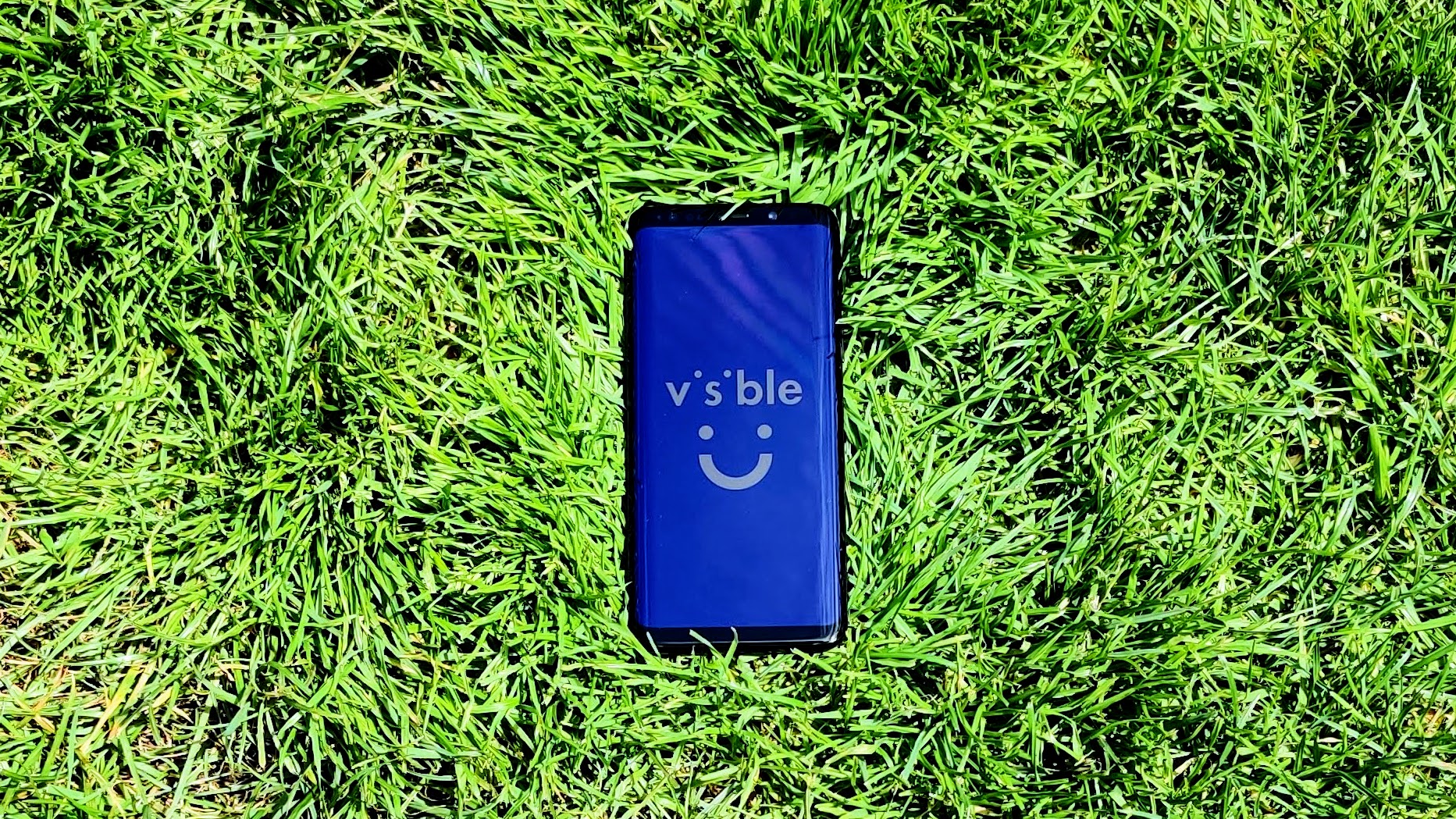
According to the FCC, nearly 19 million Americans lack access to fixed high-speed broadband. Not surprisingly, the majority (14.5 million) live in rural areas. Being without reliable internet access sucks. I know because I live in the middle of the woods in rural Missouri, where my only real option is satellite.
Fixed wireless internet isn’t an option and there aren’t any wired services other than dial-up. Satellite internet is an awful experience I hope you never have to go through. Thankfully, the experience has become a lot more tolerable thanks to the Verizon-owned MVNO, Visible.
Why satellite internet makes me sad
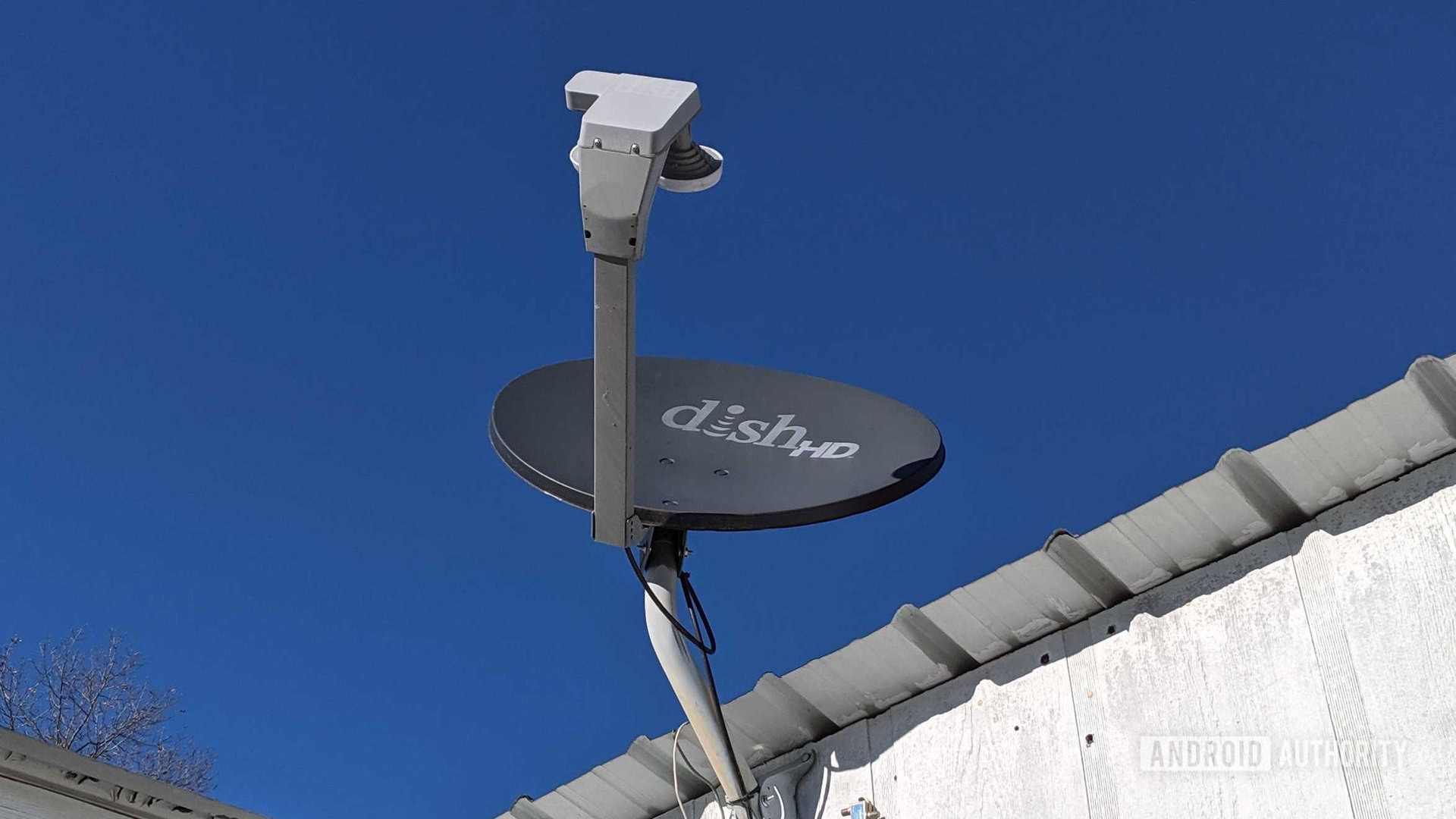
Satellite gets the job done when it comes to basics like browsing or even using my smart home devices. Even downloading isn’t a horrible experience (until you factor in the data cap). However, gaming and streaming are a no go.
Gaming doesn’t work well because satellite internet has latencies in the 700ms range, so response times aren’t conducive for gaming. Streaming doesn’t work for me either because the max cap with my provider is just 50GB a month. Streaming eats that up fast. While you can still use the internet after the cap, it tends to be at just 1Mbps which pretty much rules out anything but basic browsing.
Until you've used satellite internet, it's hard to understand how frustrating it can be. It works great, except when it doesn't.
Even when I decide to sacrifice some of this cap for some Netflix binging, my speeds tend to be around 1-2Mbps (instead of the advertised 25Mbps) during peak watching hours. My area is oversubscribed, so everyone in my region is likely trying to stream all at the same time. Of course, you can watch Netflix during the day with good speeds since there’s less congestion. I also tend to be working at that time!
There are advantages to living rurally that I won’t go into for this post, though I know I’ll get comments telling me to move. Trust me, I love my wooded acreage and wouldn’t trade the benefits that come with affordable land, privacy, and still being within a short drive to a neighboring city. I will admit that living rurally does require you to adapt your internet habits. And that might just be too much for some.
Before I moved to rural Missouri two years ago, I had reliable cable internet with 100Mbps speed, low latency for gaming, and no firm cap at all. Now I have to juggle data consumption. I’ve had to turn to Dish Network for entertainment since streaming can pretty much only be used as a rare treat due to poor performance and lack of data.
Enter Visible mobile service, the best supplementary internet plan a satellite user could ask for.
How does an MVNO make satellite internet more bearable?
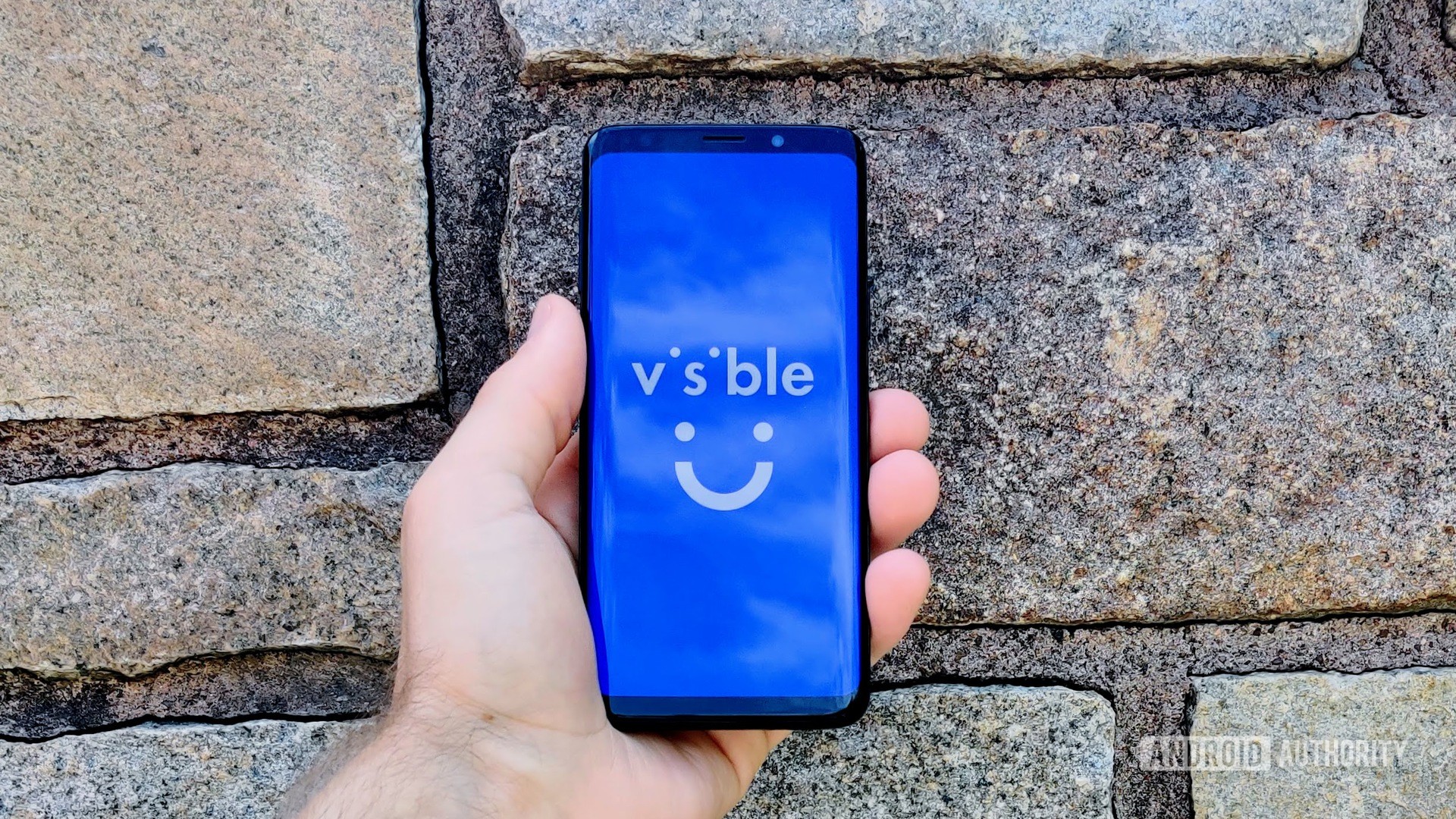
A week ago I decided to give Verizon’s Visible mobile service a try. You can read more about Visible here, but the bottom line is you pay $40 a month (taxes included) for unlimited talk, text, and data.
This is for real unlimited too, meaning there are no official caps. Based on my research (read: looking around Reddit randomly) I found many users easily eat away 40-80GB or more a month on Visible and have been doing so for a year or more. There are unconfirmed claims that a few users have been booted from the service, but only those doing crazy amounts of data consumption (think 20TB+) doing stuff like torrenting.
Visible brings a lot of advantages to this rural techie’s life. First, Verizon service seems to be incredibly reliable here. Second, the no cap means I can use Visible mobile for situations I wouldn’t want to use my HughesNet satellite service. There are some catches, of course. Namely, you can only tether one device at a time and it’s capped to just 5Mbps. You are also limited to DVD quality (roughly 480p) streaming.
Visible is perfect for situations where my satellite connection fails me
Here’s a secret for those who may have never used sat internet — 5Mbps of LTE is typically much snappier overall than the “25Mbps speeds” supposedly found on satnet. This is because of latency and just poor reliability, depending on the hours you use it. Also, 480p streaming is better than no streaming.
In the week and a half since I’ve been on Visible, I’ve put the SIM into a spare phone and have it attached to my PS4 via mobile tethering. This has changed the way we’ve used the internet in several ways:
- I’ve allowed our family to freely use Netflix, Disney Plus, and other streaming services on our living room TV (the room where my PS4 is). Before this, Netflix and Disney Plus were reserved for family nights and other special circumstances.
- I’ve actually started doing some online gaming. While major MMOs might still be a bit choppy with Visible’s mobile connection, Fallout 76 worked well. It was previously unplayable on satellite.
- I’m no longer worried about running out of our Hughesnet satellite cap. My cap was a precious thing. If it ran out I was stuck with 1Mbps browsing, using my Google Fi connection until the next month, or paying $3 a gig for extra high-speed satellite data. Going forward, if I really need faster internet after my cap dies, I can just tether to my PC.
For anyone reading that has conventional high-speed internet, these changes might not seem that important. For me, it’s been amazing.
Switching to Visible doesn’t cost me more!
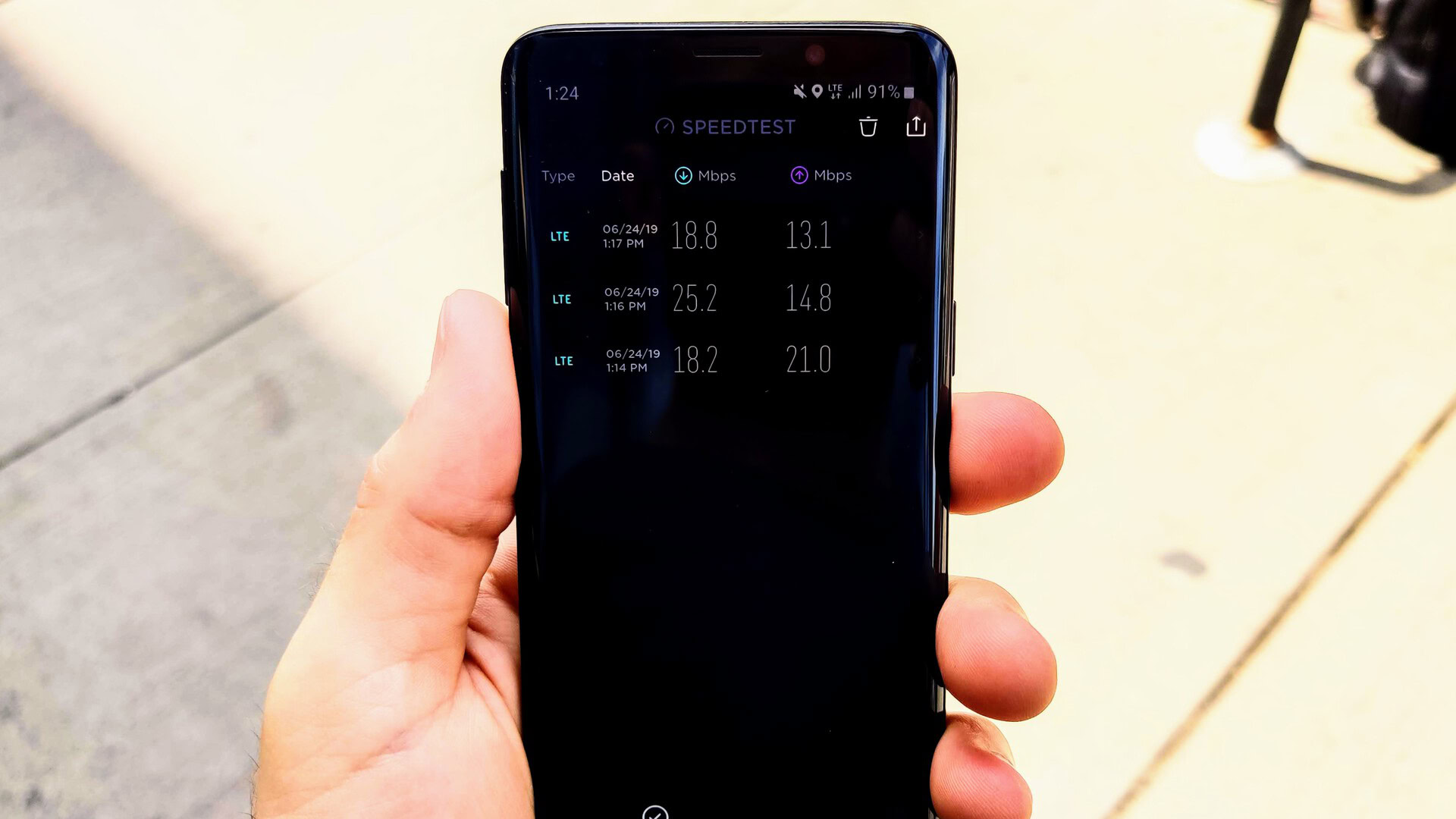
Here’s the real kicker, I’m going to spend the same money, or less, in the long run.
Satellite internet is not cheap. You’re paying top dollar for bottom dollar service, with a 50GB plan coming in at a whopping $130 a month. That’s not mentioning I usually end up buying another 3-9GB of high-speed every month because I almost always run out early. That brings my average monthly bill to $139 to $148 (and some months it gets higher than this).
Visible costs $40, but going forward I don’t necessarily need that 50GB plan. As an experiment, last week I moved my Hughesnet package down to 30GB (saving me $30). Based on my current usage habits, I should likely consume less than 30GB when the month ends without a problem. I also got rid of the extended Disney package on Dish Network since kids can get some of the extras through Disney Plus instead. That saved me another $10. That means having Visible actually costs is the exact same, and maybe even a little cheaper since I probably won’t be buying Hughesnet tokens for extra high-speed anymore.
Would Visible make a good supplement to your home connection?
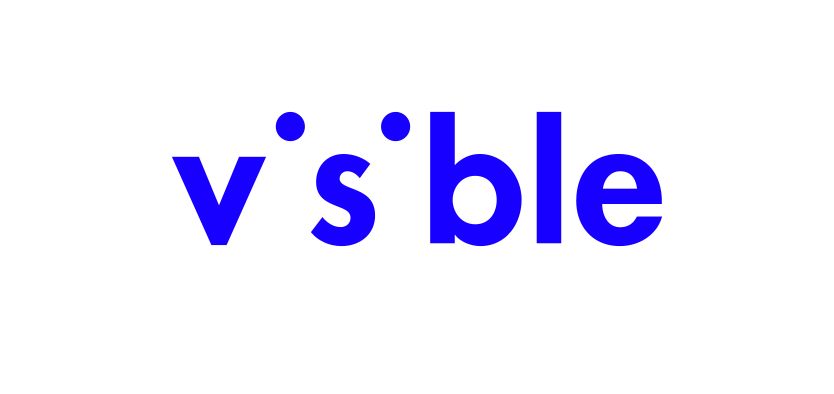
If you happen to live rurally or just have horrible home internet, Visible mobile could be a good backup plan. For most, it won’t be good enough for most to be a total internet service replacement due to the restrictions involving tethering multiple devices. Plus, the 5Mbps might be a bit too low for some. Device support is also a bit restrictive, as only a handful of Android devices officially support it.
While Visible works with more devices than it officially supports, doing so could (theoretically) get you booted from the service for violating their terms. That said, many folks on Reddit seem to use it on all sorts of unsupported phones and have yet to run into any kind of complaints from Visible.
The last consideration is signal support. Verizon is pretty good in most rural areas, but there are certainly dead spots for some (like in some UScellular territories). I didn’t have this problem, thankfully.
Even if none of these caveats aren’t dealbreakers, remember Visible could change its terms at any time and set a firm cap. Also, the more data you consume carelessly, the more likely Visible will make that change. So if you do use Visible, it’s probably still best to make sure your usage doesn’t get too carried away. If you keep your usage down to 20-60GB most months, you’re probably less likely to ever have an issue. I will update this post if I ever run into any such issues.
Any other satellite users out there? What do you think of my little life hack, something you’d be interested in trying?